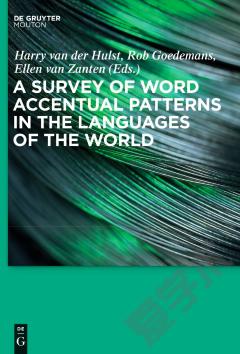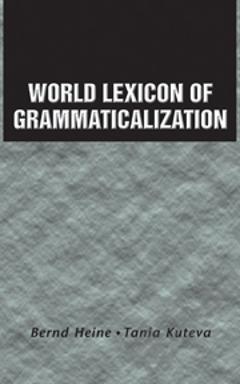Words of the World —— The Global Language System
----- 世界话语
Preface. 1. Introduction: The Global Language System. 1.1 The Global Language System: a Galaxy of Languages. 1.2 A Historical Atlas of the World as a Language System. 1.3 Supercentral Constellations in the Present Language System. 1.4 Scope and Approach of the Book. 1.5 Plan of the Book. 2. The Political Economy of Language Constellations. 2.1 Languages as 'Hypercollective Goods'. 2.2 The Communication Potential of a Language: the Q-value. 3. Language, Culture and the Unequal Exchange of Texts. 3.1 Texts as Commodities in International Exchange. 3.2 Protectionism and Free Trade in Cultural Exchange. 3.3 Monoglossia, Polyglossia and Heteroglossia. 3.4 Discussion. 4. India: The Rivalry between Hindi and English. 4.1 Characterization of the Indian Constellation. 4.2 State Formation, Nation-Building and Language Unification. 4.3 The Vicissitudes of Language Policy in India. 4.4 Discussion. 5. The Triumph of Bahasa, Indonesia. 5.1 Gandhi's Dream. 5.2 The Rise of Malay. 5.3 The Demise of Dutch. 5.4 The Rejection of Javanese. 5.5 Discussion. 6. Africa: The Persistence of the Colonial Languages. 6.1 A Two by Three Comparison. 6.2 Three Francophone Constellations below the Sahara. 6.2.1 Rwanda, 6.2.2 Senegal, 6.2.3 Congo/Zaire. 6.3 Three English-Centered Constellations below the Sahara. 6.3.1 Botswana, 6.3.2 Tanzania, 6.3.3 Nigeria. 7. South Africa: The survival of the old language regime. 7.1 The language regime under Apartheid. 7.2 Language policy after Apartheid. 7.3 The dynamics of the constellation. 7.4 Discussion. 8. The European Union: The More Languages, the More English. 8.1 Civil Europe (1): Language Unification in National Constellations. 8.2 Civil Europe(2): Q-values in the European Union. 8.3 Institutional Europe (1): the Public Level. 8.4 Institutional Europe (2): the Bureaucracy. 8.5 Discussion. 9. Conclusions and Considerations. 9.1 Conclusions. 9.2 Considerations. Notes. References. Index.
{{comment.content}}








 京公网安备 11010802027623号
京公网安备 11010802027623号